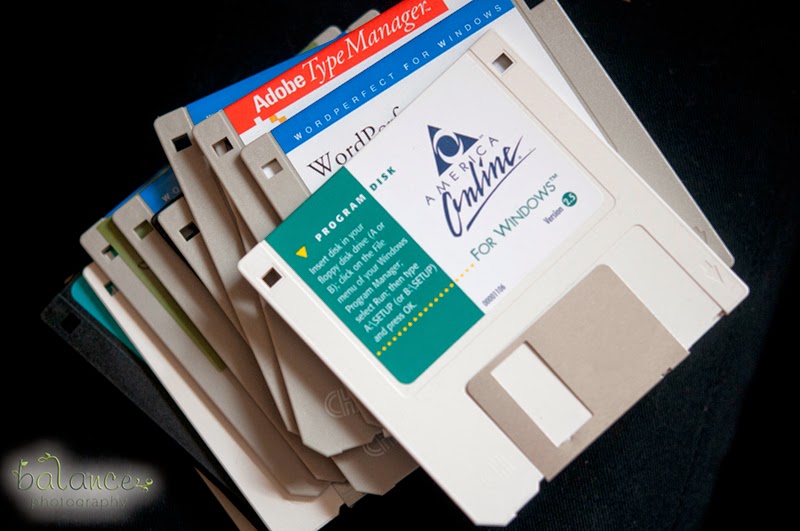Consider for a moment that more than many other art forms, photography is entirely driven by the tools used to create it. Pencils and charcoal have changed very little for artists; many chefs use fancy gadgets, but others still cook over primal, open fire; ballerinas still perform to classic scores written by composers putting pen to paper. But photographers… well, that's not the same. Of the arts, a photographer must always straddle between creator and technician.
Less than 200 years ago, photographers were creating images on plates of glass and tin; shortly after that came large and medium format film, then 35mm film. Most recently, digital photography entered the scene. But in comparison to other art forms, save perhaps web design and other digital media, photography is among the newer means of creative expression.
While we obviously take time to learn new techniques and programs for our craft, we're strongly of the opinion that lasting media in photography is always superior to fleeting products. For example, consider the current standard, a CD or DVD. Many clients want that disc, feel more secure with it. But I invite you to look at this image and think about how much security your disc really holds…
Yes, that's right. Let's go back to the future, as they say in the movie. Many people will remember this brand name: Texas Instruments. There was a time when TI was *THE* modern, forward-thinking person's choice in technology. You know, about 20-ish years ago. But my how things have changed.
When I was in high school, Memorex floppy discs were high tech. When I carried these around in my backpack, I felt like a NASA engineer. Of course, those same computer classes consisted of learning how to log into MS-DOS and type in a paper for English class.
Shortly after came the smaller floppies. They were still "floppy" on the inside, but we had upgraded to hard cases. Gosh did I fill boatloads of these things in college and at the time, these were considered the latest, greatest technology.
Next, as a photographer, was the upgrade to ZIP discs. Many folks didn't get to use ZIP discs, as they were only around for one second.We had to buy special external ZIP drives to plug into our computers for these. ZIPs were the THING to photographers at that moment in time - about 15 years ago. We both used them in college and early in our professional careers. 100m of memory was supremely impressive.
After ZIPs came the writeable compact discs and DVDs. These are shiny, flashy and chic. They remind us of music and movie discs we purchase. But their moment is passing… Jump drives, the Cloud and DropBox are now having their moment. It's still all information on media. You have to look at a device to enjoy your photographic artwork.
So we wonder… with the constant flow in photography of changing media, why not stick to something more classic for your images, especially for important memories, like portraits of loved ones or wedding pictures? I mean, around here, we see enough discs go bad that we use them for coasters. Discs get CD Rot; computers crash and are replaced. That's certainly not the lasting memory you want for your family portraits, wedding or even vacation snapshots.
 |
| Framed snapshot from a family gathering of Nathaniel's grandparents. |
As we all move forward in the brave new world of fast-changing technology, I hope this will inspire you to think a little more about you how store, display and value your photographs. Storage devices will come and go. If you have a photo worth keeping, it's worth getting a tangible print of that will go into a frame or album, something you can experience for years to come in analog, with no updated gadget that needs electric, batteries or other "juice" to make it work.
~ Rissa










